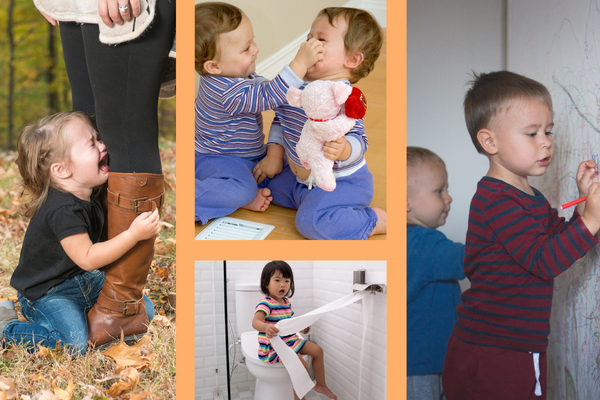
Serenity in Parenthood: Letting Go of Worries That Drain Your Energy
Affirmation & Introspection: Unveil Your Power Within
I want you to think of an affirmation as a positive statement or reminder that you can motivate yourself with. You probably know that it’s much easier to affirm and motivate others. An affirmation is an expression of those same thoughts and feelings but turned inwardly to motivate and inspire you. After reading this post, consider the self-reflection questions.
Affirmation:
“I can let go of all worries that drain my energy.”

Parenting is a beautiful journey filled with love, laughter, and learning. However, it also comes with its fair share of challenges and worries that can drain our energy and dampen our joy. As parents, it’s only natural to want the best for our children, but constant fretting can take a toll on our well-being. Today, we will explore the power of the affirmation, “I can let go of all worries that drain my energy,” and how to embrace this mantra to create a more serene and balanced parenting experience.
Embrace the Present Moment
Worry often stems from dwelling on the past or fearing the future. The affirmation encourages us to be fully present with our children, cherishing every precious moment as it unfolds. Instead of agonizing over past decisions or worrying about what tomorrow may bring, focus on the joys of today. Children grow up fast; the present is the perfect time to make lasting memories.
Recognize the Limitations of Control
As parents, we want to protect our children from harm and ensure their happiness. However, we must realize that we cannot control every aspect of their lives. Embracing the affirmation allows us to loosen our grip on excessive worry and trust that our children will find their way. Providing a safe and nurturing environment empowers them to face challenges with resilience and develop vital life skills.
Practice Self-Compassion
Parenting is an ever-evolving journey, and making mistakes along the way is okay. Rather than berating ourselves for perceived shortcomings, we should offer ourselves the same compassion and understanding we would extend to our children. The affirmation reminds us that it’s okay to be imperfect and that self-love is a fundamental part of effective parenting.
Seek Support and Community
No parent should bear the weight of their worries alone. Building a support network, whether it’s friends, family, or parenting groups, is essential. Sharing experiences, challenges, and triumphs can provide valuable perspective and reassurance. Remember, you are not alone on this journey.
Prioritize Self-Care
To bring out the best in ourselves and our children, we must care for ourselves physically, mentally, and emotionally. Carve out time for activities that bring you joy and relaxation, whether reading a book, exercising, meditating, or pursuing a hobby. When we prioritize self-care, we become better equipped to handle parenting challenges with a clear mind and a rejuvenated spirit.
By embracing the affirmation, “I can let go of all worries that drain my energy,” parents can create a more fulfilling and harmonious experience with their children. Embrace the present, release the need for excessive control, practice self-compassion, seek support, and prioritize self-care.
Parenting is a beautiful journey, and letting go of draining worries allows us to savor every precious moment with our children. As you internalize this affirmation, remember that you are doing your best and that your love and dedication to your children will guide them toward becoming compassionate, confident, and resilient individuals.
So, take a deep breath, trust yourself, and let go of those worries; the world will be brighter for you and your children.
Self-Reflection Questions
- How often do I find myself dwelling on past parenting decisions or worrying about the future, and how does this affect my ability to be fully present with my children in the moment?
- In what areas of my parenting journey do I struggle to let go of excessive worry and control? How might embracing the affirmation “I can let go of all worries that drain my energy” help me navigate these challenges?
- Am I practicing enough self-compassion and self-care in my role as a parent? How can I prioritize my well-being without feeling guilty, knowing that it ultimately benefits both myself and my children?
I invite you to sign up for our newsletter. It is a great way to get the Virtue of the Month and tips on relationships, parenting, and self-care. In addition, you’ll be the first to know about upcoming classes for successful families.
To sign up, visit the “Newsletter” section here on the website. Enter your email address, and you’ll receive our newsletter in your inbox on Wednesdays. I appreciate your interest in bringing out the best in your children and yourself. We look forward to keeping you informed through our newsletter!












